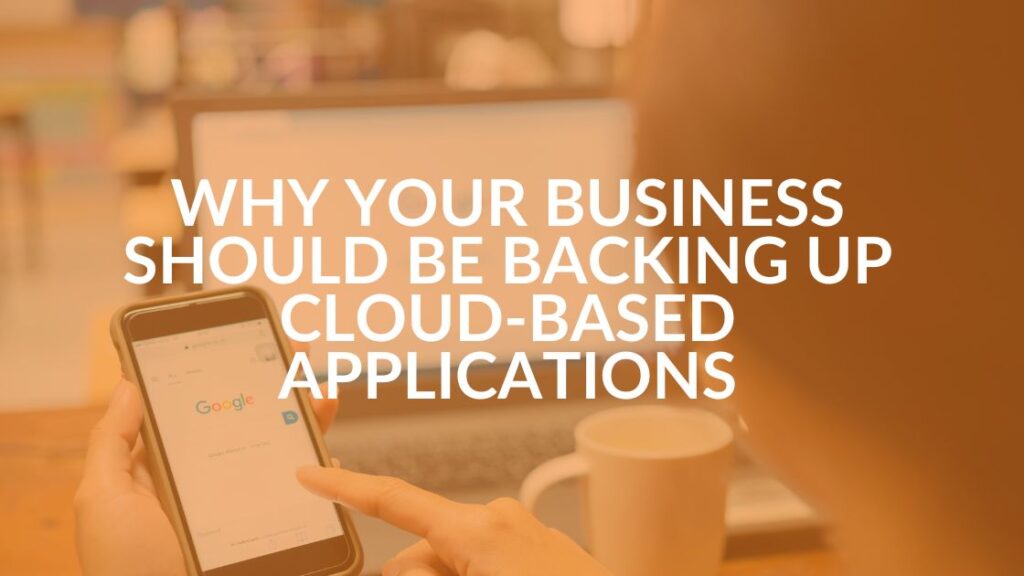After COVID: Managing Continued Work from Home

COVID-19 quarantine may be ending, but many are in no rush to get back to the office. Work from home (or even work from anywhere) may very well become the new norm — or at least a must-have option for attracting quality staff. So, how do you make remote work secure and efficient for your business? It all comes down to planning.
There was almost no time to plan when this all started and businesses with strong IT support were able to adapt more quickly to the changes. Were you among them? If you were, apply the lessons you learned and continue forward with a sustainable plan. If not, it’s time to double down on a long-term strategy to enable remote work for your business without increasing your IT issues or cyber security risks.
Here are a few places to get started as you prepare for your team to work from home after COVID 19.
Gear Up for Security
Everyone loves a good gadget (almost as much as CFOs dread increased cap-ex). When it comes to security, a little investment can go a long way. When employees are accessing work tools and data from home, they should do so using equipment that is serviced and maintained by your company’s IT experts. Here is the short-list for each employee:
- Company-supplied computer. For most staffers, a basic laptop will do the trick. But you may have some employees, like graphic designers or developers, with more specialized needs. A portable system is ideal for employees who travel or work both in the office and at home.
- WiFi setup support. No need to supply the WIFI, but you should but in place basic security protocols like WPA2 encryption and a strong password. Your employees may need training or support securing their router. Guides and checklists can help, but be prepared to offer expert support as needed for those needing more assistance.
- Physical (hardware) firewalls. Most people understand how Windows Firewall protects their computer. That’s software. A hardware firewall is a physical device that sits outside the computer. It gives a lot more control over the type of traffic and data that touches the computer than software does. And your IT team can configure them with the best settings for your business.
- USB data blocker. This definitely falls into the “gadget” category, but it is also pretty handy for the new work-from-anywhere culture. The USB port on your phone or computer is designed to transfer both power and data. So when you need to use a public port to charge a device, the USB data blocker makes sure that only power can transfer. The data connection is blocked — keeping company data in and viruses and malware out.
Invest in Training and Communication
The right tech gear will only take you so far. You need security, but you also need your team to be able to work — ideally with as few IT hassles as possible. That’s why the goal of your work-from-home or work-from-anywhere set-up should be seamless security.
Create an IT usage policy that covers work from anywhere — home, office, airports, hotels. Document it, but don’t expect your team to simply sign and obey. Help your team to understand what is expected (and why it is so important). Train the whole team once a new policy is implemented and then each new hire who comes on board.
Then keep it going. Make security part of your regular communication and culture so it always stays fresh in their minds. Keep the lines of communication open and that means staying open to what is not working.
Don’t be afraid to throw out or rewrite unclear or outdated policies and retrain on practices that are falling off.
Help for Work From Home after COVID 19
Every member of the team should be encouraged to ask questions and request assistance. Company leaders should do the same. Technology and security is an ever-changing environment. The Intrust IT team is here to help your team prepare to work from home after COVID 19.
Watch each video and make simple, everyday changes that will help reduce your risks of hacks, breaches and cyber attacks.

P is for Passwords
5 things you can do today to keep your company safe

I is for Insurance and Investments
3 easy things you can do to reduce your risk

E is for Employees
4 ways employees can keep your company safe Get Free Access
Share this Blog

Is Your Name or Birthday a Part of Your Password?
If so, you’re a part of the 59 percent of people who don’t follow proper password hygiene. More than 70 percent of passwords are used for more than one system, meaning if cybercriminals crack one, they can access a lot more accounts.
Our free Enterprise Password Management Guide will give you the best password hygiene practices to help you secure your computer and your business.
Download the Guide
Explore the Latest Trends in IT

Microsoft 365 and Google Workspace: The Importance of Backing Up Your Cloud-Based Applications

AI Guiding Principles

Edge vs Chrome Security: Which Is the Best Browser for Your Business?




